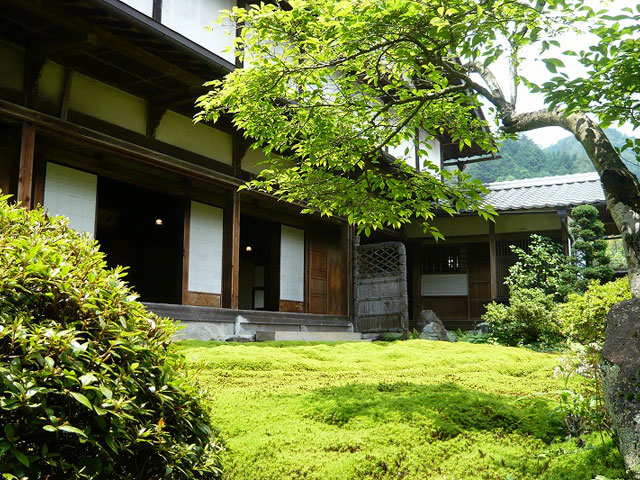
One of the Nagiso Town Museum. It is the residence of the Hayashiya family, which had been the side-mains and sake brewery of Tsumago-juku, and "Okutani" is the name of the Hayashiya family. The current building was built in Meiji 10 (1877), when the prohibition of Kiso-Itsuki [Goboku] was lifted, and was built by Sohiki. It was built by collecting the best of those days. It is also the bride-to-be of Shimazaki Fujimura's first love person, "Oyu-san", and features portraits and love supplies, as well as books sent by Fujimura, on-site dozo. In addition, the main house, Bunkozo, Tozo, and Samurai Gate of the "Hayashiya Residential House", which is published as "Wakimoto-chi Okutani" at the Nagiso-cho Museum on June 15, 2001, were designated as National Important Cultural Properties.
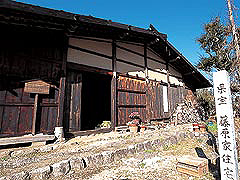
It is an old private house located in Ozuma, built in the middle of the 17th century, and is one of the most historic buildings in the prefecture. It was designated as a prefectural treasure in 1978.
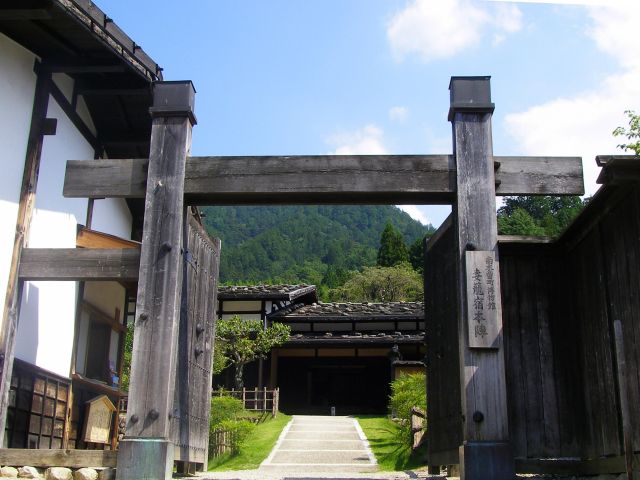
The residence of the Shimazaki family, which was one of the Nagiso-cho museums and served as the main staff and shoya of Tsumagojuku for generations since the establishment of the station. It is also the birthplace of Fujimura's mother. It was demolished once in the Meiji 20 (1887) s, but was rebuilt based on a floor plan from the late Edo period. The residence of the Shimazaki family, as well as the rooms used by the clan, where the daimyō stayed, and the rooms used by the house, are faithfully restored as they are.
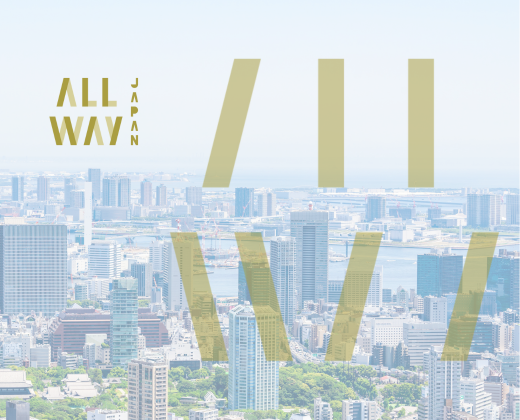
A bulletin board where the Shogunate shows the prohibitions, laws, and sinners to the common people. It hits the current Gazette Bulletin. It is located 100m north of Okuya (Okuya) and near the entrance to the post hall from the Edo area, with a high bill raised in the form of looking down on people to show the prestige of the Edo shogunate. The covered kōdashi, which is now seen, is a restored version of the Edo period figure as it is. The real items on the bulletin board are stored and displayed at the Nagiso-cho Museum, so I would like to tour them together.
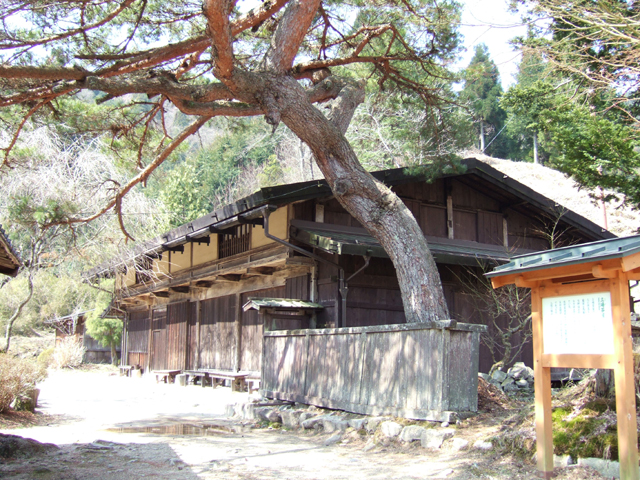
Ichiishi Tochi [Ichikoku Tochi], halfway between Ma-Nin-Yuku and Tsuma-Nin-Yuku, has flourished since ancient times as a resting place for travelers to heal their tiredness. In the past, there were about seven houses standing in the neighborhood, but only one of the Makino family remains today. The southern side has been demolished, and although it has reduced somewhat in size, it still retains its appearance in the late Edo period.
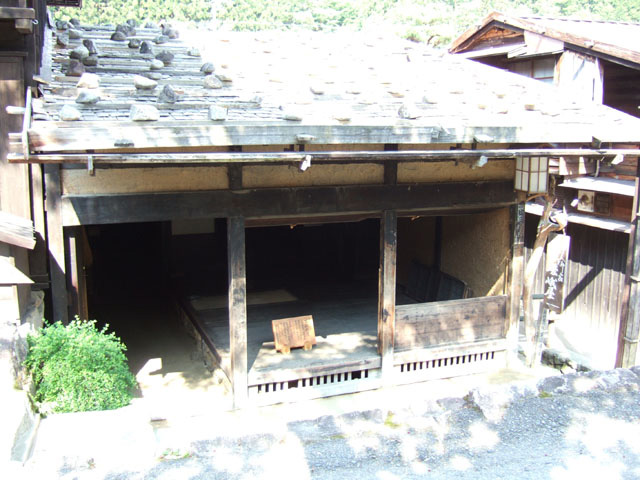
Only one building, which was a tenement, was demolished in 1968 and restored to its original appearance. It is a typical house of common people in Tsumaban, which keeps the form of parallel binatori in one piece of land. Inside, living tools such as Mino [Mino] and Kago [Kago] are placed, and you can learn about the lives of the common people during the Edo period.
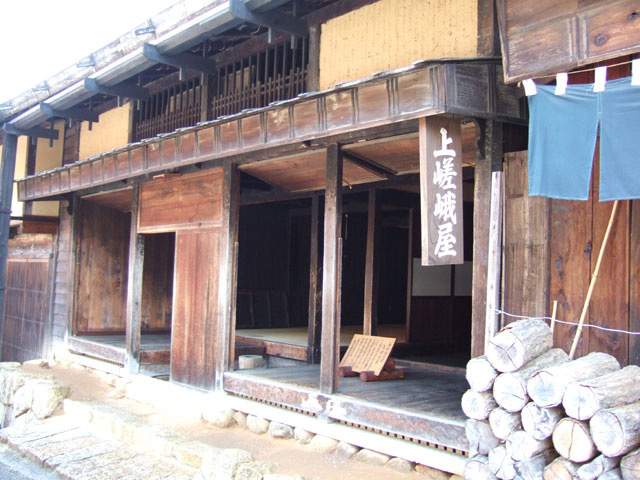
It was demolished and restored in 1969, and is presumed to be Kinen Yado, which was built in the mid-Edo period. A rare mid-earthen style construction with rooms lined on either side across the central earthen, a valuable building in the history of private houses. The original form of architecture remains well. There is also a boarded-up room with a hearth [irori] where travelers would have gathered, showing the atmosphere of those days when it was a travel basket of common people.
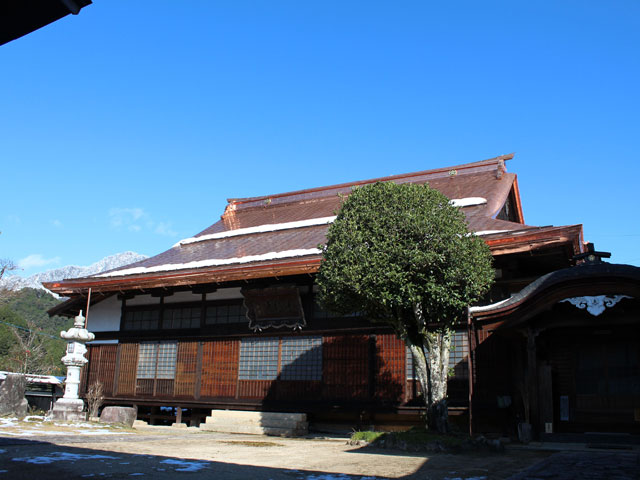
In Kyoho 10 (1725), the Hayashi family of Wakihon-tachi was erected inside the Kotoku-ji Temple. Inside are the warbler-lined corridors, the Yamaoka Tesshu Book, and the Owari Tokugawa family's Kago. Among them, the must-see is a unique gaon with a car suspended in the back of the main hall. It is said to be the prototype of a rickshaw devised by Suioh Washi in the Tenpo Year (1830-44), and has become a cultural property of the town.
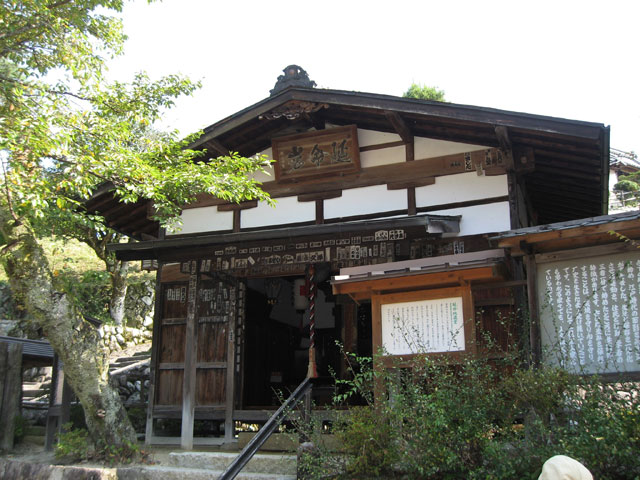
A small shrine built under the stone steps of Kotokuji Temple is a natural stone that shows the sleeping figure of Jizo-son. It was brought from the Ran [Araragi] river and laid down by Kotokuji Sumikyo Chugai in the 10th year of culture (1813). As the regular festival approaches on April 23 and 24, the stones become wet due to the night dew, so it is also called a sweaty Jizo, and it is said that it will save women who get lost by sweating balls.

It is a waterfall on the east side of Nakasendo, and the sound of fresh water is echoed in the mountain forests around. The one with the largest amount of water is Otaki, and the one with the lower amount of water in the back is Otaki. It also appears in "Miyamoto Musashi", written by Eiji Yoshikawa [Yoshikawa Eiji], and is also the setting for a love story between Musashi and Otsutsu. The Kurashina-sama [Kurashina-sama] legend that gold chickens flew into the waterhole is also interesting.










